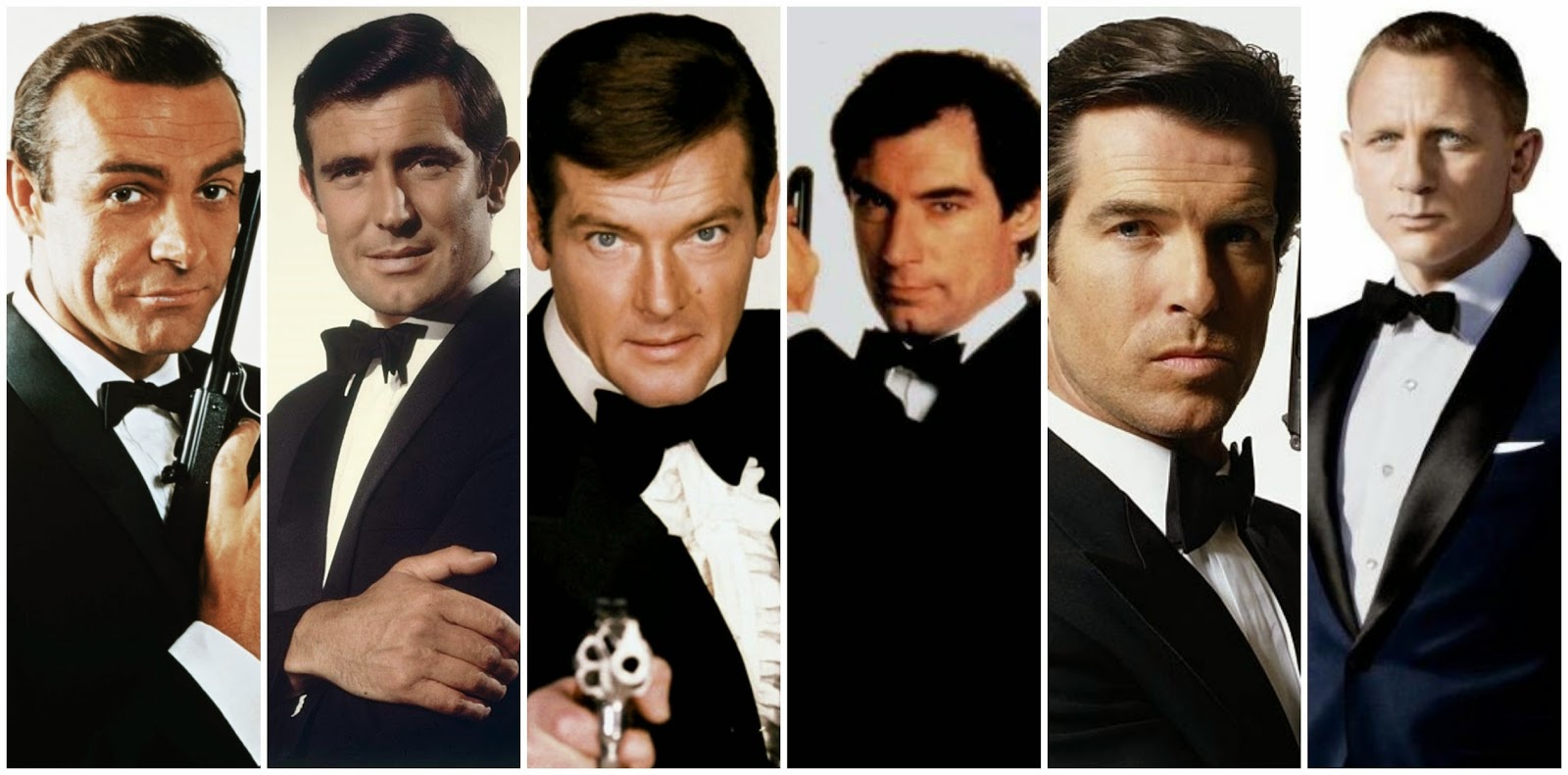In 1963, James Bond assumed screen icon status practically overnight with the modestly budgeted Dr. No. It was an auspicious start for a character that had been, up until that point, confined to the pages of a dozen pulpy spy novels written by a former British intelligence officer. Some five decades and five actors later, the Bond franchise, now suitably reformatted for the ADD generation, is still breaking box-office records. But the years have taken their artistic toll and, despite a well-intentioned reboot, the new films have so effectively homongenised the Bond ethos that they have become practically indistiguishable from countless other generic action pictures.

The runaway success of the first five or six (now considered classic) Bond films was due primarily to the ministrations of a production team that remained largely unchanged for many years. This creative coterie, which included, among others, Connery (of course), screenwriter Richard Maibaum, composer John Barry, set designer Ken Adam and title designer Maurice Binder, embroided Fleming's formula with a uniformity of style and sophistication that is conspicuously absent in the expensive extravaganzas being produced today.
For all intents and purposes the franchise reboot in 2008 (after an almost 6 year hiatus) was designed to invest the character with the same muscular grit and grime that a contemporary audience was now demanding of their action hero. This meant taking a leaf out of the Bourne manifesto and stripping Bond of his urbanity and other idiosyncratic trademarks and turning him into the very essence of what Fleming called an annonymous blunt instrument wielded by a government department. To that end, the casting of Daniel Craig, sporting the kind of pumped up, stocky build and thuggish visage which, in another decade, would have perfectly characterised a Bond villian's henchman, was entirely appropriate. With a screenplay culled from the first novel, Casino Royale posited a darker, grimmer Bond carrying the DNA of a graphic rather than a literary novel, and outfitted with all the impossible skills and stylistic accoutrements befitting a millenium generation action hero. The film firmly re-established the franchise.
Stymied by a hastily cobbled together screenplay that was reportedly being tweeked and even rewritten during actual production, the next film, Quantum of Solace, sullied much of the good will that Royale had established. Using only the title of a Fleming short story, the film took up exactly where Royale had left off with Bond criss-crossing continents on a revenge-seeking odyssey whose unthrilling elements were further compromised by a plethora of exponentially bombastic action sequences and other assorted pyrotechic shenanigans.
With Skyfall, director Sam Mendes sought to arrest Bond's inexorable slide into action hero anonimity by signposting his film with key iconic motifs from the classic Bonds of the past. But with the exception of Adele's memorable title song and a tip of the hat to the famous Aston Martin, the tactic smacked of window dressing. Overall it was business as usual featuring the requisite megalomaniac navigating various plot-holes and an eye-glazing profusion of set-pieces that grew more destructive by the minute. Of course the multiplex hordes loved it and the film made a mint.
Enter Spectre.


